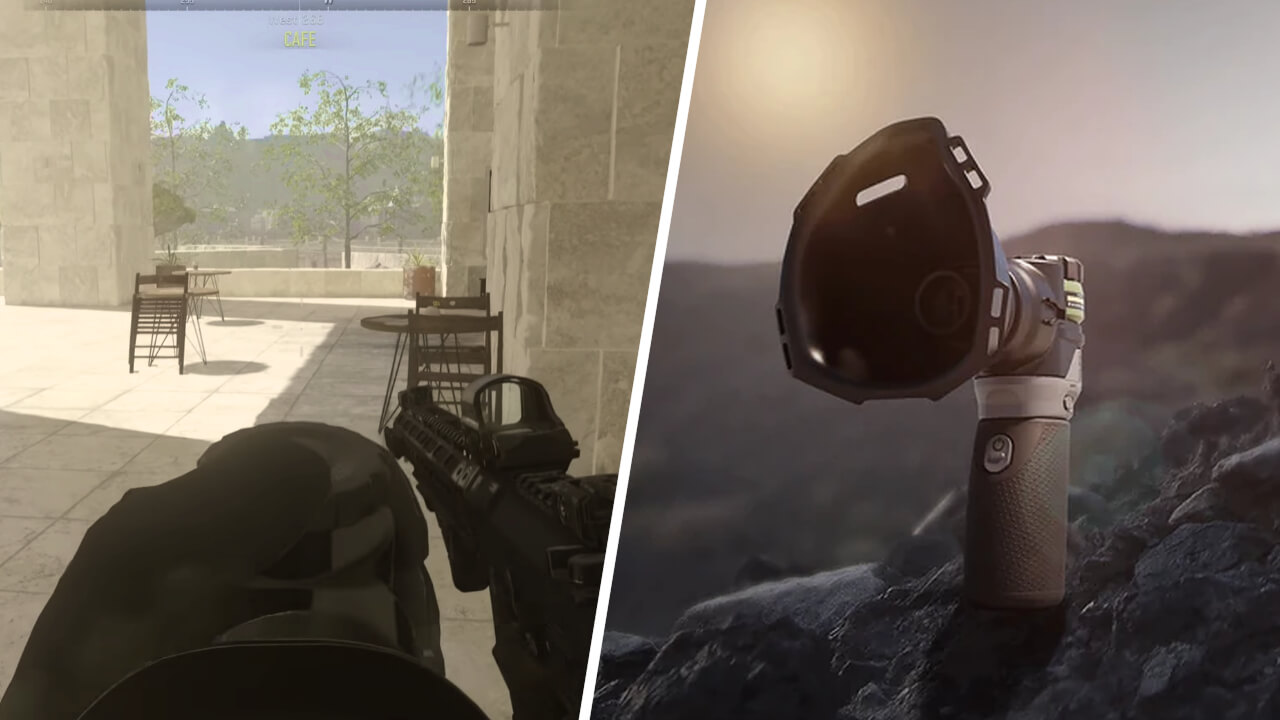Understanding the Dynamics of Battle Rage


Focus on triggers that ignite intense aggression during confrontations. Recognizing common catalysts–such as personal affronts, perceived threats, or group dynamics–serves as a crucial step in managing such emotions.
Equip yourself with techniques to channel this fiery energy into productive outcomes. Techniques like controlled breathing and mindfulness practices can transform explosive feelings into concentrated motivation, enhancing performance while minimizing destructive tendencies.
Study the psychological underpinnings of heightened emotional states in various fighters. Research indicates that individuals with strong emotional regulation skills tend to maintain strategic advantages in confrontations. Developing these skills can yield significant improvements in decision-making processes under pressure.
Apply situational awareness to better anticipate interactions that may provoke heightened aggression. Situational analysis enables proactive management of potential conflicts, paving the way for more calculated responses rather than impulsive reactions.
Identifying Triggers of Battle Rage in Combat Scenarios
Recognize environmental factors such as noise, chaos, or unexpected shifts in strategy that can provoke strong emotional responses. Combatants should monitor their surroundings for these stressors and train to maintain composure despite them.
Identify personal triggers by engaging in reflection after each encounter. Analyze moments of heightened aggression, noting specific actions or situations that spark intense feelings. This can lead to better self-awareness and control in future conflicts.
Monitor interactions with teammates. Friction or misunderstanding among allies can exacerbate aggression. Establish clear communication protocols to minimize discord during battles, thereby reducing potential outbursts.
Consider physical states such as fatigue, hunger, or dehydration. These conditions can amplify irritability and aggression. Implement a routine that ensures proper rest and nutrition before engaging in combat scenarios.
Evaluate previous experiences. Trauma from past confrontations can resurface unexpectedly, causing intense responses to seemingly minor provocations. Techniques for managing these emotions should be integrated into training.
Utilize controlled exposure to stressors in training environments. Gradual desensitization can help combatants become more resilient to triggers, improving response mechanisms during high-pressure situations.
Observe opponent strategies. An imbalance in aggression levels from adversaries can provoke retaliatory emotions. Training should include tactics for maintaining emotional equilibrium when faced with aggressive opponents.
Incorporate mindfulness practices to combat intense feelings. Techniques such as controlled breathing and visualization can aid in regaining focus and managing emotions during skirmishes.
Psychological Profile of Individuals Experiencing Battle Rage
Identify triggers that provoke intense emotions. Individuals prone to explosive outbursts often respond to perceived threats, both physical and psychological. Monitoring environmental factors can help in recognizing escalation points.
High levels of adrenaline and stress hormones characterize emotional states during combat scenarios. Conducting stress management exercises such as deep breathing or mindfulness can mitigate these responses.
A tendency towards aggression may be found in personal histories. Engage in counseling to explore past influences and develop coping strategies. This approach aids in processing experiences that lead to unwarranted hostility.
Social relationships play a significant role. Many individuals with hostile tendencies struggle with interpersonal connections. Seek peer support or group therapy to build empathy and enhance relational skills.
Self-regulation techniques are crucial. Practicing anger management strategies, including cognitive restructuring, can shift thought patterns, reducing aggressive impulses during critical moments.
Emotional awareness is key. Encouraging self-reflection fosters understanding of feelings, promoting healthier responses in frustrating situations. Keeping a journal can facilitate this process.
Honesty in assessing behavioral patterns provides profound insights. Regular evaluations of reactions to stress can showcase improvements or highlight areas needing focus. Reinforcing accountability promotes personal growth.
Impact of Environmental Factors on Battle Rage Intensity
Different surroundings significantly influence aggression levels during conflicts. Adverse conditions, such as extreme temperatures or inclement weather, can heighten irritability and reduce the ability to focus, increasing aggressive behavior. Participants may react more intensely when facing discomfort, leading to impulsive actions.
Spatial arrangements also play a critical role. Crowded or confined spaces can amplify stress, pushing individuals towards more aggressive expressions of frustration. Conversely, open environments might allow for strategic retreats or regroupings, potentially decreasing hostility levels.
Noise levels further contribute. High volumes of background noise can lead to heightened anxiety and distraction, prompting aggressive responses. In contrast, quieter settings might encourage calmer interactions and better communication.
| Environmental Factor | Impact on Aggression Level |
|---|---|
| Temperature | Extreme heat increases irritability |
| Weather Conditions | Rain and wind can heighten frustration |
| Space Availability | Confinement raises tension and aggression |
| Noise Level | High noise enhances anxiety and reduces focus |
Preparation for interactions in varied environments should include assessments of these factors. Adapting strategies to counteract potential stressors can mitigate aggressive tendencies and improve outcomes during confrontations.
Strategies for Managing and Mitigating Battle Rage
Establish a cooling-off period. Implement a designated timeframe to step away from hostile situations. Taking a break allows emotions to settle, enabling clearer thinking and better decision-making upon return.
Practice deep breathing techniques. Engage in focused breathing exercises to reduce immediate tension. Inhale deeply through the nose, hold for a moment, then exhale slowly through the mouth. This method calms the nervous system and promotes relaxation.
Utilize physical activity. Channel pent-up energy into exercise or physical movements. Activities like running, hitting a punching bag, or engaging in sports serve as outlets for frustration and can drastically lower anger levels.
Maintain a gratitude journal. Regularly note positive experiences or qualities. This shifts focus from adverse feelings and cultivates an appreciation for the good moments, which can counterbalance negativity.
Engage in mindfulness practices. Incorporate meditation, yoga, or other mindfulness exercises into daily routines. Being present helps in recognizing triggers and responding with composure rather than reacting impulsively.
Communicate openly. Share feelings with trusted individuals. Fostering conversations allows for the release of bottled emotions and often results in constructive feedback or support.
Limit exposure to triggering environments. Identify places, people, or activities that provoke strong feelings, and minimize contact with them. Creating healthier surroundings can significantly reduce instances of flare-ups.
Set boundaries. Clearly define limits in interactions with others. Establishing personal space and communicating needs can prevent escalation of confrontations and help in maintaining emotional equilibrium.
Seek professional support. Don’t hesitate to consult with therapists or counselors. Professional guidance can provide tailored strategies, coping mechanisms, and emotional tools for managing intense feelings.
Reflect on experiences. After intense encounters, take time to analyze what happened and why. Evaluate responses and identify areas for improvement. This reflection promotes growth and reduces future triggers.
Role of Team Dynamics in Influencing Battle Rage Behavior
Aim for clear communication channels among team members. Establishing protocols for sharing strategies and concerns minimizes misunderstandings that can trigger aggressive reactions during conflict scenarios.
Encourage mutual support through regular team-building exercises. Strengthening relationships creates a positive atmosphere, reducing stress levels and lowering the likelihood of explosive behavior under pressure.
Implement feedback loops. Constructive critiques can shift focus from blame to improvement, fostering an environment where individuals feel valued and understood, thus decreasing potential for hostility.
Utilize conflict resolution training. Equip team members with skills to handle disputes calmly. This proactive approach lessens the chances of tensions escalating into confrontations.
Recognize individual strengths and assign roles accordingly. Leveraging unique capabilities allows for smoother collaboration and enhances teamwork, leading to decreased frustration and anger among members.
Monitor group interactions and provide guidance when needed. Awareness of group dynamics helps identify triggers and allows for timely interventions to prevent volatile situations.
Encourage emotional intelligence development. Teaching team members to empathize with each other cultivates resilience and reduces impulsive outbursts during high-stress encounters.
Create a culture of accountability. Individuals who understand the impact of their actions on the team are less likely to engage in reckless behavior, promoting a more cohesive and focused unit.
Establish clear objectives and expectations. When everyone understands their goals, ambiguity is reduced, leading to fewer conflicts and a more coordinated effort in high-pressure situations.
Long-Term Consequences of Battle Rage on Mental Health
Monitoring and managing aggressive emotions is vital for mental well-being. Long-term engagement in hostile behaviors may lead to several psychological issues, including chronic anxiety and depression. Here are key potential impacts:
- Increased Anxiety Disorders: Persistent hostility can heighten susceptibility to various anxiety conditions, affecting everyday functioning.
- Depressive Episodes: Frequent outbursts contribute to feelings of guilt and shame, often leading to prolonged depressive states.
- Post-Traumatic Stress: Repeated exposure to conflict increases the risk of developing PTSD, which may manifest through flashbacks or severe emotional distress.
- Interpersonal Difficulties: Ongoing aggression disrupts relationships, resulting in isolation and social withdrawal, exacerbating mental health challenges.
- Cognitive Decline: Chronic hostility can impair cognitive functions, including memory and decision-making abilities, complicating daily tasks.
To mitigate these risks:
- Engage in Therapy: Professional guidance helps develop coping strategies for managing aggressive feelings and improving emotional regulation.
- Pursue Mindfulness Practices: Techniques such as meditation and deep breathing promote relaxation and reduce tension.
- Maintain Healthy Relationships: Building a supportive social network aids in combating feelings of isolation and fosters emotional stability.
- Exercise Regularly: Physical activity serves as an outlet for stress, decreasing aggressive feelings and enhancing overall mood.
Incorporating these strategies can foster resilience and promote long-lasting mental health, countering the adverse effects of sustained aggression.


